Secret world of insects revealed in fascinating science photos from the Natural News Forensic Food Lab
 Saturday, August 24, 2013 Saturday, August 24, 2013by Mike Adams, the Health Ranger Editor of NaturalNews.com (See all articles...) Tags: insects, microscopic photos, Health Ranger |
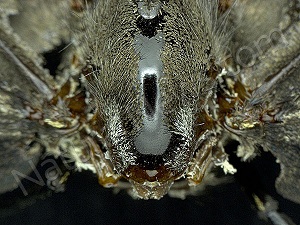
(NaturalNews) When I'm working in the Natural News Forensic Food Lab, I like to put the equipment to use for much more than just food investigations. Recently, I gathered some insects and brought them to the lab to take a closer look. At 200X magnification, fascinating details emerge.
What you see below is a collection of photos (and a video) resulting from my "insect investigation" at the lab. You'll see the tiny shingles that make up a butterfly wing and the structural support columns of a dragonfly wing.
Also check out the amazing grasshopper foot, the dragonfly head and the close-up of a scorpion's stinger, showing the poison reservoir that's pumped into the insect's victims.
You'll also see the stinger of a wasp, the claw arm of a scorpion and much more.
After checking out the photos, watch the video at the bottom of this article to see even more examples, including microscopic video of a tick, complete with its blood-siphoning "mouth" still in place.
For the record, no insects were harmed or killed to take these photos, except for the ticks which we fed to the chickens. Yumm! (All the other insects were already dead.)
Here are the photos:
Microscopic insect photos by Mike Adams
Have you ever seen a butterfly head up close?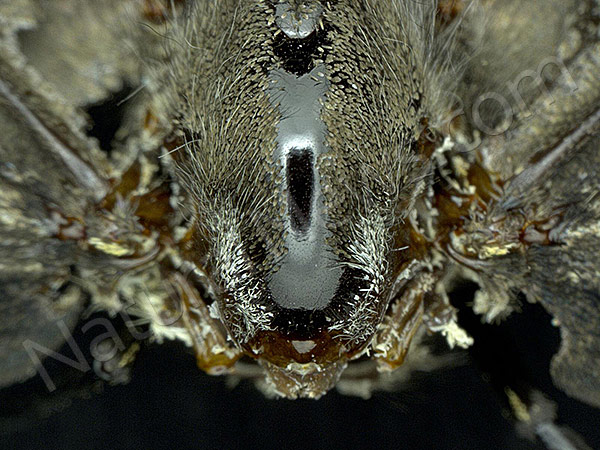
These look like shingles on a roof, but they're actually the structures of a butterfly wing:
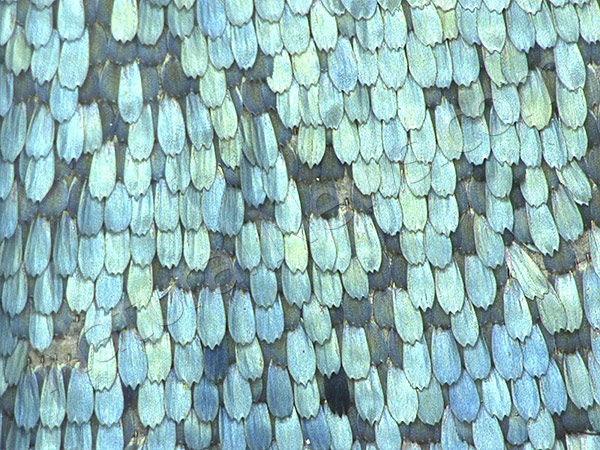
This photo shows the structural support "beams" that hold a butterfly wing together:
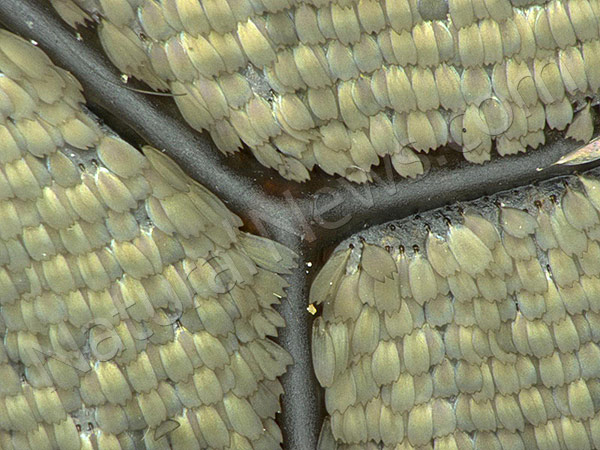
Butterfly wing "shingles" come on all sorts of colors. In this photo, you can actually see the "transition" colors between yellow and black. How does the butterfly know to create shingles with transition colors? How does the DNA even know what to build between "yellow" and "black?"
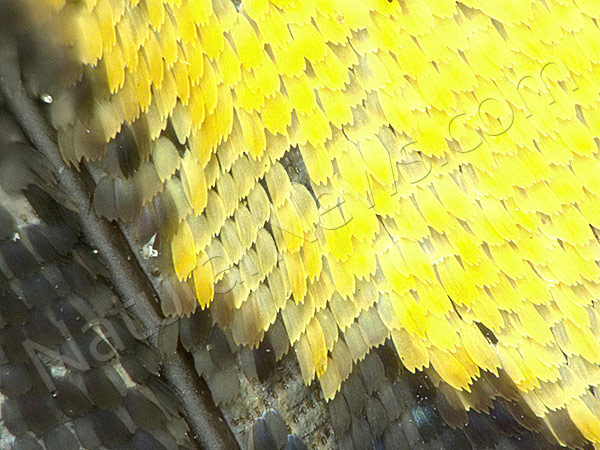
Here's a less-magnified image so you can see the overall structure of wing shingles and support struts:
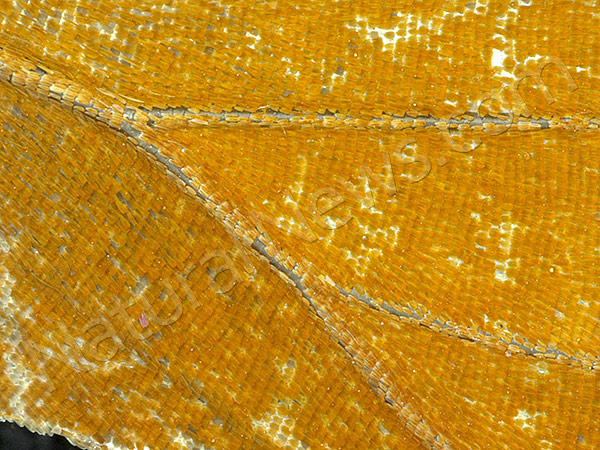
Amazing engineering! This dragonfly wing uses a combination of 4-sided and 5-sided polygons to create an ultra-strong yet extremely thin wing:
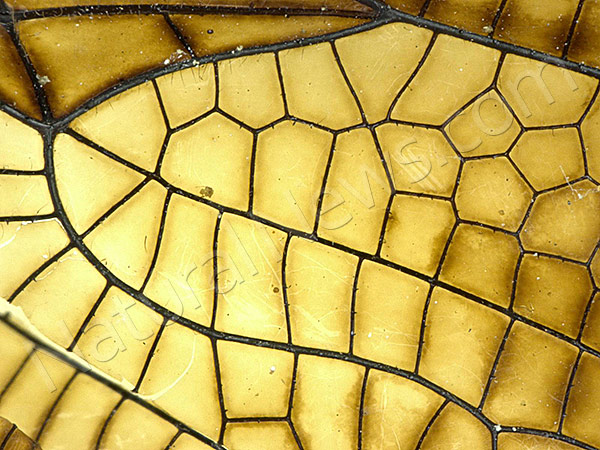
Here's the body of a grasshopper showing two different kinds of wings. The "outer" wing is tougher and built for camouflage. The "inner" wing is engineered solely for flight and is thinner and semi-transparent:
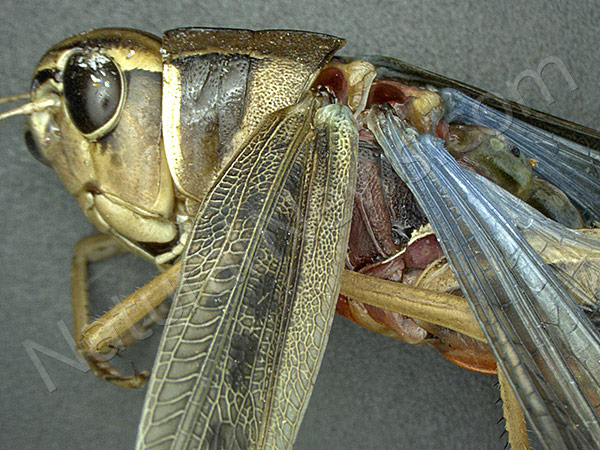
Here's an extreme close-up of a grasshopper foot, shot against the underside of a leaf. Ever wonder how grasshoppers can hang on to everything so well? Here's the answer:
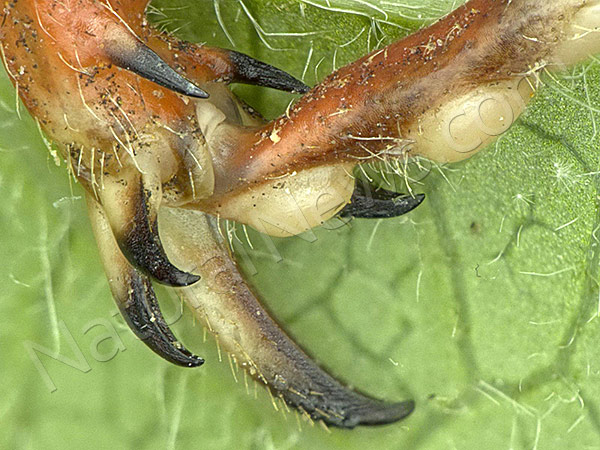
Here's the head of a moth. It's covered with a combination of "shingles" and tiny hairs:
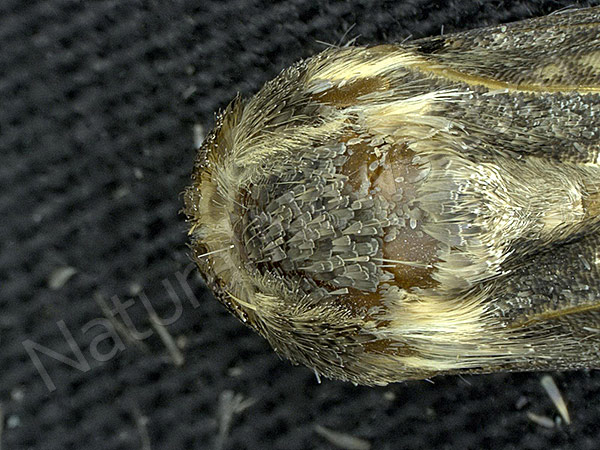
This image of a moth appears to be blurry, but it's actually in sharp focus. The intent of the moth shingles is to appear "fuzzy" to potential predators. This is part of the stealth strategy of the moth. These structures, by the way, also have "audio camouflage" features that makes them appear fuzzy to the echolocation of bats. In essence, Mother Nature was building stealth aircraft millions of years before the Pentagon:
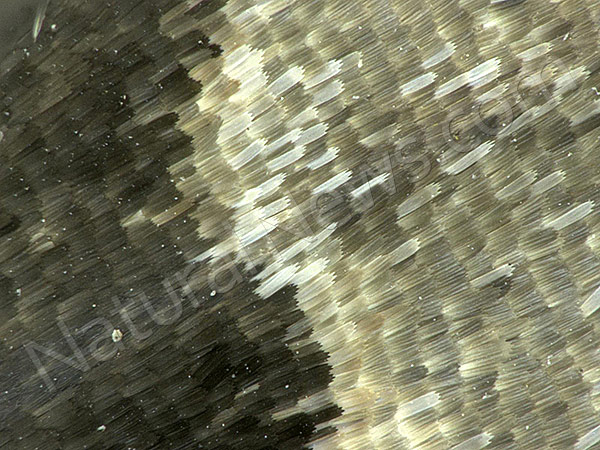
Here's the wing of a small yellow wasp:
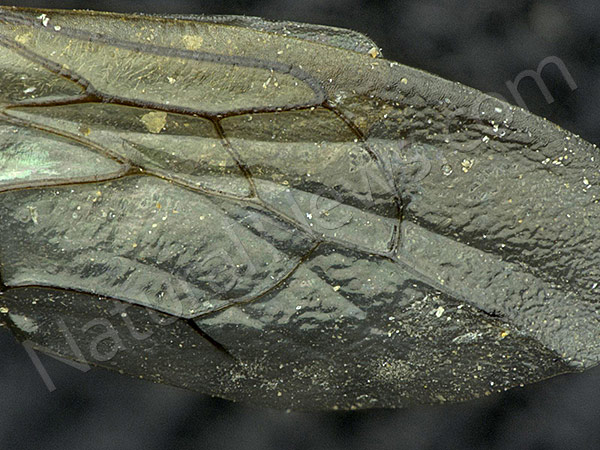
And here's the eye. Notice that the lack of a pupil eliminates the need for focusing the eye. Instead, the wasp eye has thousands of tiny visual inputs that assemble a very wide view of the world in the wasp's mind:
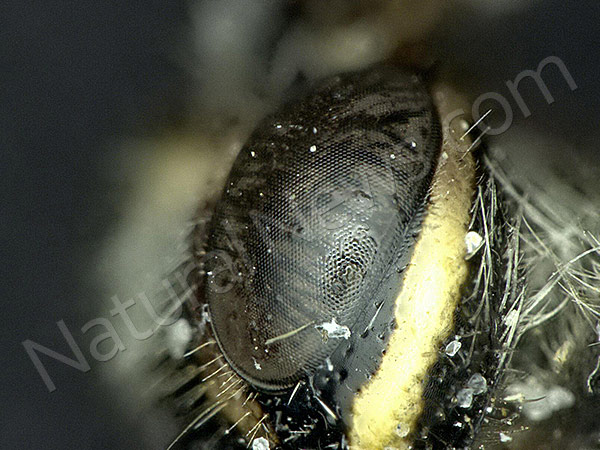
The wasp's foot is engineered to allow it to easily grip things, much like the grasshopper foot:
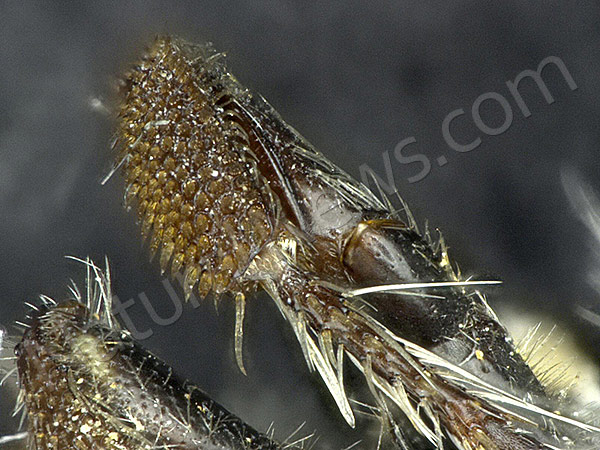
Here's the "business end" of the wasp. If you look carefully, you can see the tiny stinger:
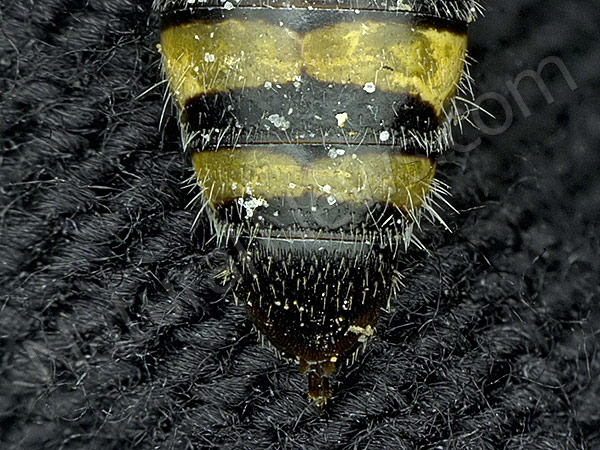
The underside of this wasp looks a lot like the "Predator" from that movie starring Arnold Schwarzenegger:

If you get "stung" by a scorpion, you're actually being injected with nature's hypodermic needle. The large bulbous sac contains the poison, and once the stinger penetrates your skin, muscles squeeze the sac, injecting the poison almost instantly. I've been stung by this same species of scorpion, and it feels like somebody drove a nail through you:

Here's how the scorpion holds on to its victims, which are mostly other small insects. Scorpions normally try to avoid humans and will typically only sting people out of self defense:
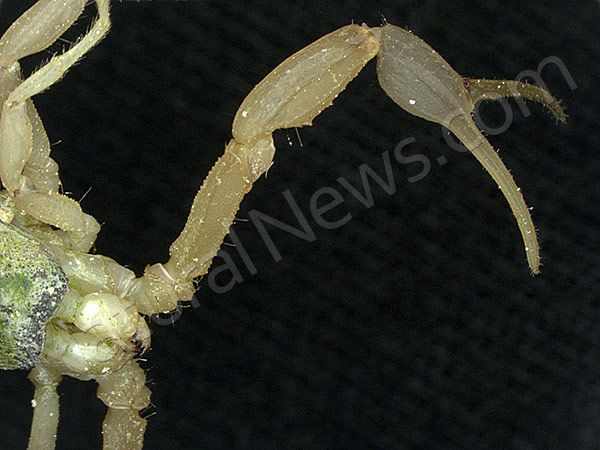
See the video:
Insects at FETCH.news
Get independent news alerts on natural cures, food lab tests, cannabis medicine, science, robotics, drones, privacy and more.
 About the author:Mike Adams (aka the "Health Ranger") is a best selling author (#1 best selling science book on Amazon.com) and a globally recognized scientific researcher in clean foods. He serves as the founding editor of NaturalNews.com and the lab science director of an internationally accredited (ISO 17025) analytical laboratory known as CWC Labs. There, he was awarded a Certificate of Excellence for achieving extremely high accuracy in the analysis of toxic elements in unknown water samples using ICP-MS instrumentation. Adams is also highly proficient in running liquid chromatography, ion chromatography and mass spectrometry time-of-flight analytical instrumentation.
About the author:Mike Adams (aka the "Health Ranger") is a best selling author (#1 best selling science book on Amazon.com) and a globally recognized scientific researcher in clean foods. He serves as the founding editor of NaturalNews.com and the lab science director of an internationally accredited (ISO 17025) analytical laboratory known as CWC Labs. There, he was awarded a Certificate of Excellence for achieving extremely high accuracy in the analysis of toxic elements in unknown water samples using ICP-MS instrumentation. Adams is also highly proficient in running liquid chromatography, ion chromatography and mass spectrometry time-of-flight analytical instrumentation.
Adams is a person of color whose ancestors include Africans and Native American Indians. He's also of Native American heritage, which he credits as inspiring his "Health Ranger" passion for protecting life and nature against the destruction caused by chemicals, heavy metals and other forms of pollution.
Adams is the founder and publisher of the open source science journal Natural Science Journal, the author of numerous peer-reviewed science papers published by the journal, and the author of the world's first book that published ICP-MS heavy metals analysis results for foods, dietary supplements, pet food, spices and fast food. The book is entitled Food Forensics and is published by BenBella Books.
In his laboratory research, Adams has made numerous food safety breakthroughs such as revealing rice protein products imported from Asia to be contaminated with toxic heavy metals like lead, cadmium and tungsten. Adams was the first food science researcher to document high levels of tungsten in superfoods. He also discovered over 11 ppm lead in imported mangosteen powder, and led an industry-wide voluntary agreement to limit heavy metals in rice protein products.
In addition to his lab work, Adams is also the (non-paid) executive director of the non-profit Consumer Wellness Center (CWC), an organization that redirects 100% of its donations receipts to grant programs that teach children and women how to grow their own food or vastly improve their nutrition. Through the non-profit CWC, Adams also launched Nutrition Rescue, a program that donates essential vitamins to people in need. Click here to see some of the CWC success stories.
With a background in science and software technology, Adams is the original founder of the email newsletter technology company known as Arial Software. Using his technical experience combined with his love for natural health, Adams developed and deployed the content management system currently driving NaturalNews.com. He also engineered the high-level statistical algorithms that power SCIENCE.naturalnews.com, a massive research resource featuring over 10 million scientific studies.
Adams is well known for his incredibly popular consumer activism video blowing the lid on fake blueberries used throughout the food supply. He has also exposed "strange fibers" found in Chicken McNuggets, fake academic credentials of so-called health "gurus," dangerous "detox" products imported as battery acid and sold for oral consumption, fake acai berry scams, the California raw milk raids, the vaccine research fraud revealed by industry whistleblowers and many other topics.
Adams has also helped defend the rights of home gardeners and protect the medical freedom rights of parents. Adams is widely recognized to have made a remarkable global impact on issues like GMOs, vaccines, nutrition therapies, human consciousness.
In addition to his activism, Adams is an accomplished musician who has released over a dozen popular songs covering a variety of activism topics.
Click here to read a more detailed bio on Mike Adams, the Health Ranger, at HealthRanger.com.
Take Action: Support Natural News by linking to this article from your website
Permalink to this article:
Embed article link: (copy HTML code below):
Reprinting this article:
Non-commercial use OK, cite NaturalNews.com with clickable link.
Follow Natural News on Facebook, Twitter, Google Plus, and Pinterest
- Top 10 INSIDIOUS PLOTS cooked up by the Democrats over the past 4 years
- Diddy scandal heats up: Hollywood stars engage in BIDDING WAR for “freak-off” blackmail tapes
- DRONE PSYOP SOLVED: Chinese drones from light show in September used by Biden Regime to control American thoughts and create anti-religious alien-invasion "narrative"
- BBC staffers accuse media outlet’s executives of instituting bias in Gaza coverage, claiming favorable treatment of Israel
- Chinese submarines can now track AND SINK U.S. Navy aircraft carriers
- Instead of adding PINK RIBBONS to products for "Cancer Awareness" month, companies should actually remove the ingredients that CAUSE cancer
- Trump says EVERYONE on the January 6th "Committee" could face jail time for lies and deception that has hundreds of innocent protesters suffering and dying in DC gulags
- Two containers with completed ballots fall out of truck in Florida
- Careless Whisper: AI-powered transcription tool being used by hospitals found to invent chunks of text no one ever said
- Michael Yon warns of a ZIONIST TAKEOVER in Trump’s second administration
- Rudy Giuliani appears to call for MURDERING two-year-old Palestinian children, claiming they might represent a future risk to Israel and America
- The corrupt medical establishment and the vaccine industry doesn't want you to see these studies, which link VACCINES to AUTISM
- New research debunks cardiac safety SMEAR CAMPAIGN waged against Hydroxychloroquine combination therapy
- Trump picks rabid, pro-censorship Zionist Kristi Noem to head Homeland Security - will she arrest Americans who criticize Netanyahu?
- Salmonella outbreak linked to cucumbers spreads to 23 states
- A brief intro to DMSO by ADV
- Salt products recalled due to contamination with foreign materials which could cause “temporary or medically reversible adverse health consequences”
- HYSSOP: What research reveals about the health benefits of this ancient holy herb
- Trump says EVERYONE on the January 6th "Committee" could face jail time for lies and deception that has hundreds of innocent protesters suffering and dying in DC gulags
- Jews rejecting CHRIST: Israel wants family of Christian soldier who died in Gaza to remove the “CROSS” from his headstone
- Michael Yon warns of a ZIONIST TAKEOVER in Trump’s second administration
- Careless Whisper: AI-powered transcription tool being used by hospitals found to invent chunks of text no one ever said
- Instead of adding PINK RIBBONS to products for "Cancer Awareness" month, companies should actually remove the ingredients that CAUSE cancer
- Casual restaurant chain TGI Fridays files for BANKRUPTCY
- A sovereign United States must oppose the World Health Organization and combat human exploitation in healthcare
- SPIKE PROTEIN COCKTAIL: UK launches "booster program" to combine covid shots with flu shots and require them every year
- Kari Lake reportedly under consideration to be the next U.S. ambassador to Mexico
- Chinese submarines can now track AND SINK U.S. Navy aircraft carriers
- Fermented green tea is a novel functional food that can help reduce obesity and regulate triglyceride levels
- Gaetz Vindicated! Man criminally charged in $25 million extortion plot targeting congressman Matt Gaetz
- CEO's murder sparks security scramble in greed-driven healthcare industry
- Four Palestinian journalists killed in Gaza airstrike, death toll of journalists reaches 182
- Critics denounce Canada’s addition of 300 “assault-type” firearms to the list of prohibited weapons
- BBC staffers accuse media outlet’s executives of instituting bias in Gaza coverage, claiming favorable treatment of Israel
- Trump picks rabid, pro-censorship Zionist Kristi Noem to head Homeland Security - will she arrest Americans who criticize Netanyahu?
- HYSSOP: What research reveals about the health benefits of this ancient holy herb
- Michael Yon warns of a ZIONIST TAKEOVER in Trump’s second administration
- BBC staffers accuse media outlet’s executives of instituting bias in Gaza coverage, claiming favorable treatment of Israel
- Casual restaurant chain TGI Fridays files for BANKRUPTCY
- Texas AG Ken Paxton files lawsuit against El Paso pediatrician for illegally prescribing gender transition drugs and therapies to minors
- HYSSOP: What research reveals about the health benefits of this ancient holy herb
- Humiliation campaign: Israel arrests Palestinians in West Bank, writes number on their foreheads
- West not taking seriously enough the threat of a nuclear attack by Moscow, warns former Russian president
- Instead of adding PINK RIBBONS to products for "Cancer Awareness" month, companies should actually remove the ingredients that CAUSE cancer
- Former Israeli PM Ehud Olmert says Netanyahu is the real enemy - not Iran or Hezbollah
- Bombshell US House investigative report confirms that almost everything the alternative media said about COVID origins, lockdowns, masks, vaccines and government overreach was TRUE
- Judge rules against AstraZeneca for breaching COVID “vaccine” contract with trial participant injured by experimental jab
- Social media censorship in the EU about to go into overdrive with upcoming new rules against “disinformation”
- Democrats say Trump planning to throw them in concentration camps - this after calling for Republicans to be “reeducated” in gulags
- Pentagon: U.S. ready to support South Korea with NUCLEAR WEAPONS
- Steve Bannon issues 90-second WARNING to deep state at Trump victory party
- Bill Barr: All cases against Trump must be dropped IMMEDIATELY
- Mike Flynn and Steve Bannon outline potential strategy for Trump's return to office
- Biden-Harris administration spent over $900 million to promote COVID-19 vaccines
- Red Cross issues warning to stop blood plasma donations from vaccinated people
- Heavily CENSORED Pfizer documents show that COVID began a five-year mass DEPOPULATION agenda that will reach completion by 2025
- DATA: England’s vaccinated population had close to one million deaths in 23 months; unvaccinated population had less than 61,000 deaths over the same period
- Scientists confirm: GENIUS brain function can be spontaneously unleashed in humans without any apparent cause
- Arizona residents drive entire Maricopa County Board of Supervisors out of meeting after serving them for TREASON
- Today I asked our AI language model “Neo” about which phytonutrients or phytochemicals can block the spike protein related to SARS-CoV-2 … Here is what it answered…
- Fully vaccinated about to see “tsunami” of illness and death, warns virologist
- BREAKING: 2025 NDAA authorizes mandatory military draft of WOMEN across America… as Pentagon pursues global NUCLEAR war with both Russia and China at the same time
- Former Bill Gates vaccine scientist predicts sharp population decline: “up to 30-40% in highly vaccinated countries”
- We are building the infrastructure of human freedom… Brighteon.AI is the next launch that will put life-altering LLM technology into your hands for free
- NASA admits that climate change occurs because of changes in Earth’s solar orbit, and NOT because of SUVs and fossil fuels
- ENGINEERED FAMINE: Oregon starts SHUTTING DOWN small farms “to protect the people”
- 5G REMOTE KILL VECTOR: Science paper reveals cell phone signals can activate the release of biological PAYLOADS from graphene oxide injected into the body
- These 13 countries just signed an agreement to engineer a global FAMINE by destroying food supply
- Ozempic and Wegovy weight loss drugs are injectable LIZARD VENOM PEPTIDES that may unleash a devastating wave of organ failure… side effects align with symptoms of SNAKE BITES
- Spin-off DISEASE: Fully vaccinated for COVID manifesting new disease called VEXAS syndrome
- Getting vaccinated for covid four or more times results in near-complete collapse of the immune system, bombshell study finds
- BILLIONS still expected to die in coming years from COVID “vaccines,” says analyst
Science News & Studies
Medicine News and Information
Food News & Studies
Health News & Studies
Herbs News & Information
Pollution News & Studies
Cancer News & Studies
Climate News & Studies
Survival News & Information
Gear News & Information
News covering technology, stocks, hackers, and more



"Big Tech and mainstream media are constantly trying to silence the independent voices that dare to bring you the truth about toxic food ingredients, dangerous medications and the failed, fraudulent science of the profit-driven medical establishment.
Email is one of the best ways to make sure you stay informed, without the censorship of the tech giants (Google, Apple, Facebook, Twitter, YouTube, etc.). Stay informed and you'll even likely learn information that may help save your own life."
–The Health Ranger, Mike Adams























